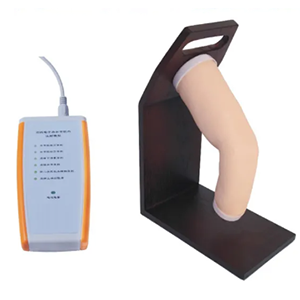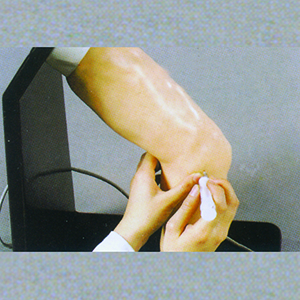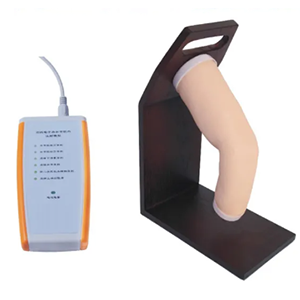In medical education, elbow injection is a relatively complex operation, especially for beginners, it is very important to master accurate injection skills. As an advanced teaching tool, the elbow joint model can provide students with safe and repeated practice opportunities to improve their operational skills and avoid clinical errors.
1. Precise positioning and operation practice
Elbow joint models are often based on real anatomy and accurately simulate joint cavities, ligaments, and other important tissues. This allows students to perceive the precise feeling of joint positioning and piercing during the practice process, thus improving the accuracy of the operation.
Data support: One study showed that participants who trained with the elbow joint model had a 25% increase in the success rate of injections and a significant increase in the accuracy of the procedure.

2. Repeat safely
Unlike real patient manipulation, the model allows students to practice repeatedly without any risk. This "low risk, high repetition" feature helps students accumulate experience in practice and master injection skills.
- Case study: A medical student successfully mastered the elbow joint injection technique by performing 30 exercises on the model, avoiding possible mistakes during the first clinical operation.
3. Dynamic feedback and adjustment
Many elbow joint models are equipped with real-time feedback systems that provide specific suggestions for improvement based on the student's actions. This intelligent feedback helps students quickly correct errors and further improve their operational skills.
- Research data: Participants trained with the intelligent feedback model improved the accuracy and success rate of their injection procedures by 30%.

Elbow Intraluminal injection model
Sum up
The elbow joint model not only provides accurate operation simulation and a safe practice environment, but also helps students constantly adjust and optimize their technique through real-time feedback. Through this teaching support, students can upgrade their skills without risk, thereby building a strong foundation for clinical practice.

